
Alaska has trouble paying for our public-school education system, and down in Juneau, our legislators just want to keep throwing money at the problem until it goes away. At the start of this legislative session, Sitka Rep. Rebecca Himschoot, a member of the ruling Democrat-led caucus in the House who co-chairs the House Education Committee, proposed a huge raise in school funding in this year’s budget. This will make the teachers unions happy, but it is not a workable solution. Governor Dunleavy seems to understand the issues and has proposed doing something constructive about them.
The problem comes down to understanding where money is spent on education in our state, and how we can do it in a way that satisfies parents and students, and at the same time, makes fiscal sense.
The process of School funding in Alaska is hard to understand and I hesitate to get into it in great detail, but it all starts with something called the Base Student Allotment (BSA). The BSA is theoretically the amount of money the state gives to school districts for each student they have enrolled, but no school in the state actually gets the BSA. It is a starting point that uses a complicated series of adjustment factors to determine what each school actually receives. Basically, small schools in rural locations get more money per student than big schools in urban areas. It is so complicated, I bet most legislators couldn’t explain the school funding process to a constituent if asked. If you want to learn more, go to this link and look for a report titled, “Public School Funding Program Overview 2024”.
Fortunately, the state publishes an annual report showing how much money is given to each school district and the revenue sources. You can find it here. The latest report is for the 2023-2024 school year, I won’t show the whole thing, an excerpt of it is provided below with an explanation of what each item means.
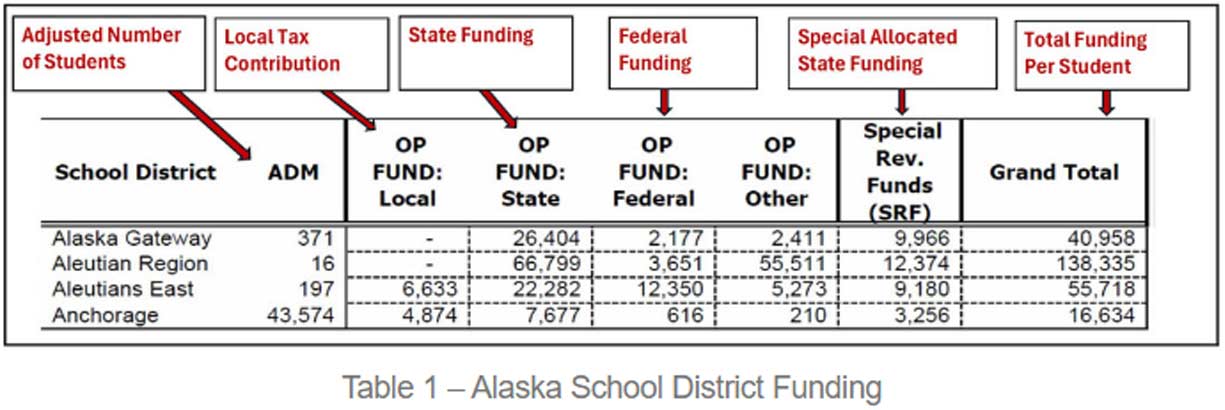
Schools are funded by a combination of local taxes, state and federal grants, along with specially dedicated state funds. In the first column in Table 1 above, you can see the dichotomy in school funding illustrated very clearly. The Alaska Gateway school district contributes no local funding to support schools in their communities. This is permitted because they are located in small communities governed by second-class boroughs with no tax authority on the residents who live there. There are 19 of the 52 school districts in Alaska who do not contribute to the education of their children in any way through local taxes, shifting the cost burden to urban Alaskans who do pay property taxes.
The second column shows the state funding. This is the BSA number multiplied by several fudge factors. The BSA for the 2023-2024 school year was $5,930.00, but you can see that after the adjustment factors, there is a huge disparity in state funding per student. Anchorage received $7,677.00 per student compared to the Alaska Gateway school district that received $26,404.00 per student.
However, these are not the only sources of money, there are federal contributions seen in column 3 above and special state funding, outside the BSA calculations. The final column to the right shows the total funding per student, and the differences are truly staggering. In 2023, the Anchorage School District received $16,634.00 per student from all the revenue sources and the small 16 person Aleutian Region school district received $138,335.00 per student in total funding.
The most expensive schools are the ones with small enrollments in rural Alaska. There are 56 schools with less than 20 students enrolled. If the education costs in the budget were too high, and this was strictly a business decision, the state would probably choose to close small expensive rural schools to save money, but that can’t be done thanks to something known as the Tobeluk consent decree.
Back in 1976 two students in rural Alaska by the names of Molly Hootch, and Anna Tobeluk filed suit against the state. They were high-school-age students but there were no high schools in their small communities. Students living there either had to homeschool or attend the Mt. Edgecombe state boarding school in Sitka to complete their secondary education. The suit alleged the state was discriminating against Alaska Natives by not building high schools in rural Alaska.
Although the case made it to the Alaska Supreme court, before they could arrive at a decision, the state entered into a consent decree with the plaintiffs to settle the lawsuit. In 1976, the state was flush with new oil revenue and agreed to build high schools in rural Alaska. After settling the consent decree over 105 new schools were constructed. As a result of this decree and subsequent statute by the legislature, any Alaskan community with 10 students or more is now eligible to have a state-run K-12 school. Yes, rural schools are very expensive, but they are not going away, and the challenge will be finding a way to pay for them.
While the Molly Hootch case showed us that Bush Alaska wanted high schools for their children, the same is not true today in many urban areas of Alaska, and this may be the solution to our school funding problems. A report in the Alaska Watchman about the Fairbanks school district, states that Fairbanks is closing five schools because of declining enrollment.
No, the students haven’t moved out of Fairbanks, it is just that many parents have become dissatisfied with government run schools and are choosing to enroll them in private schools or home-school them. The Anchorage School District has reported a similar exodus of students, not out of state, but out of unpopular public schools for ones that provide a better education. A little-known fact is that the largest school currently in the state is the Interior Distance Education of Alaska (IDEA) school, with over 7,000 students enrolled – and it is a homeschool program.
ALASKA WATCHMAN DIRECT TO YOUR INBOX
Homeschooling is probably the solution for school funding in Alaska, and the Governor understands that fact. The state allocates $2,500 per year to pay for a home school student, while the average cost of a student in regular public school is over $23,000 per year. Every student that leaves a brick-and-mortar school for homeschooling or private schooling saves the state at least $20,000, with much more savings possible in rural Alaska. With increased homeschooling, fewer schools and fewer teachers would be needed. If the state could shift more students out of public schools, it could give the students an education of their choice and save money at the same time.
We will never be able to close rural schools by government fiat, but it might be possible to save costs by having the students there volunteer to homeschool. If students in bush Alaska were incentivized with a higher educational stipend, adjusted just like the BSA for rural school districts, some rural students would choose to homeschool over going to public schools.
Governor Dunleavy came out last week supporting home schooling options, with proposals to improve educational results and save costs in Alaska. The governor’s previous career was as a schoolteacher in Bush Alaska, so he should be able to take the lead on this issue. Predictably, Senate Majority Leader Gary Stevens immediately opposed the governor’s ideas, which is understandable. Stevens leads the Democrat-empowered caucus in the Senate and needs the support of his constituency in the schoolteacher’s union. They are partly responsible for making him Senate majority leader, and they want the BSA raised sky high, but the time for pandering to unions is over. The state can no longer afford an overly expensive school system that enriches teachers and does not properly educate students.
As school funding is discussed in the current legislative session in Juneau, keep in mind that every dollar spent to increase spending on education comes out of your annual Permanent Fund check. The Dems and their Vichy Republican enablers are like rats fighting over the last scraps of Alaska’s oil wealth. Don’t let them win.
The views expressed here are those of Greg Sarber. Read more Sarber posts at his Seward’s Folly substack.


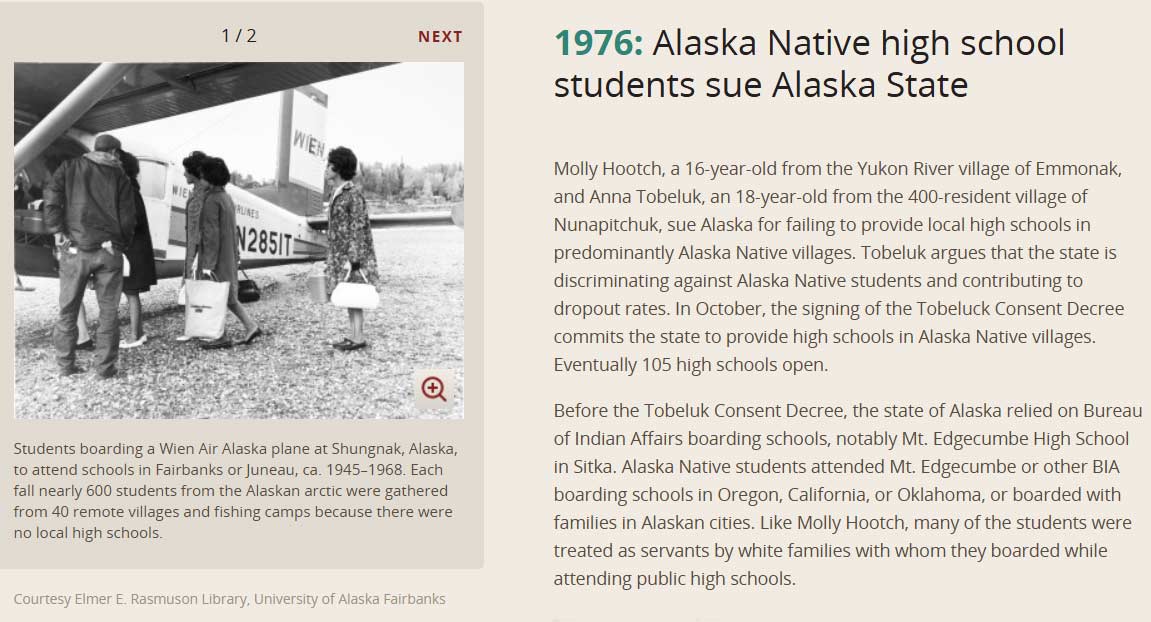
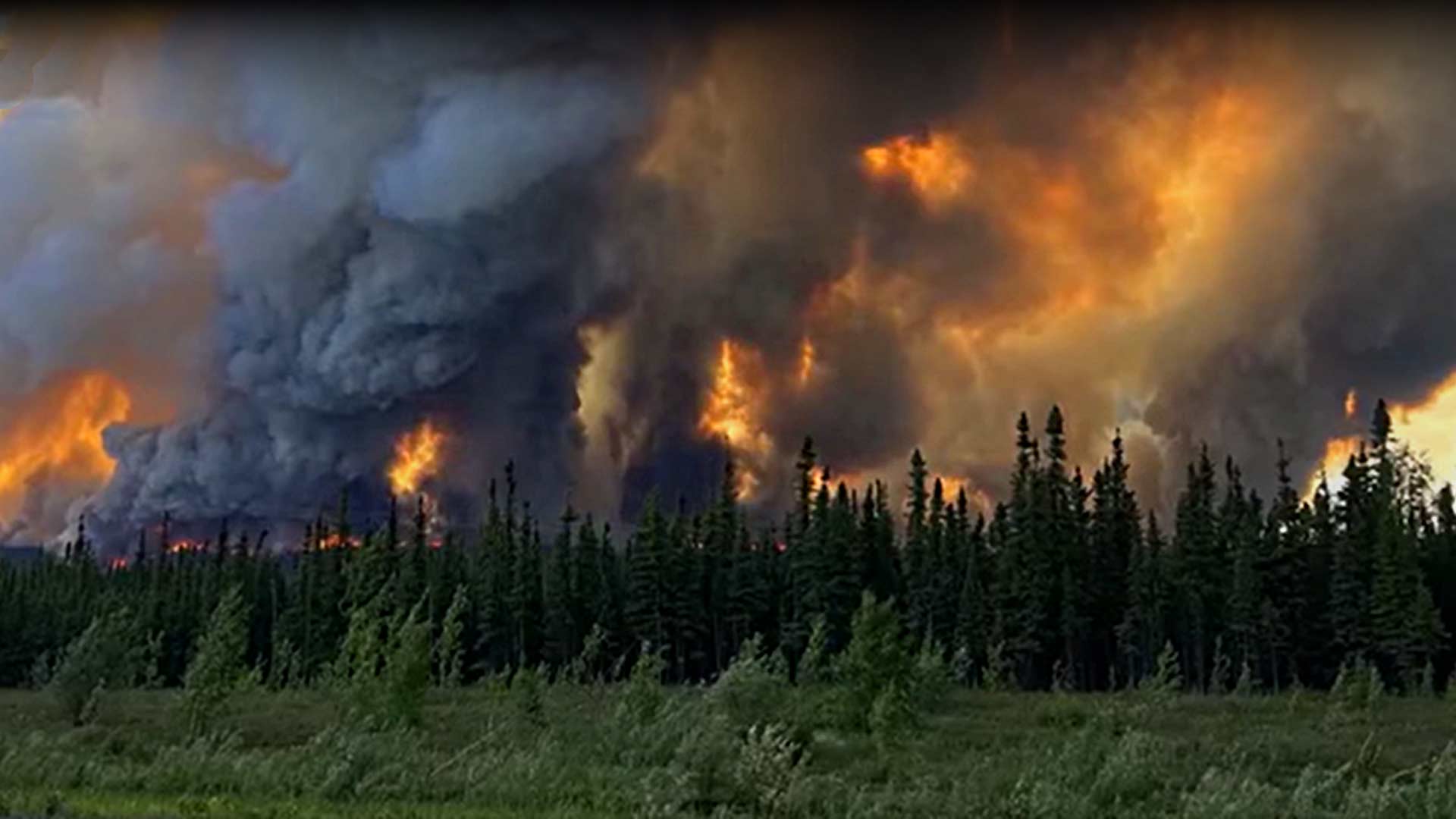
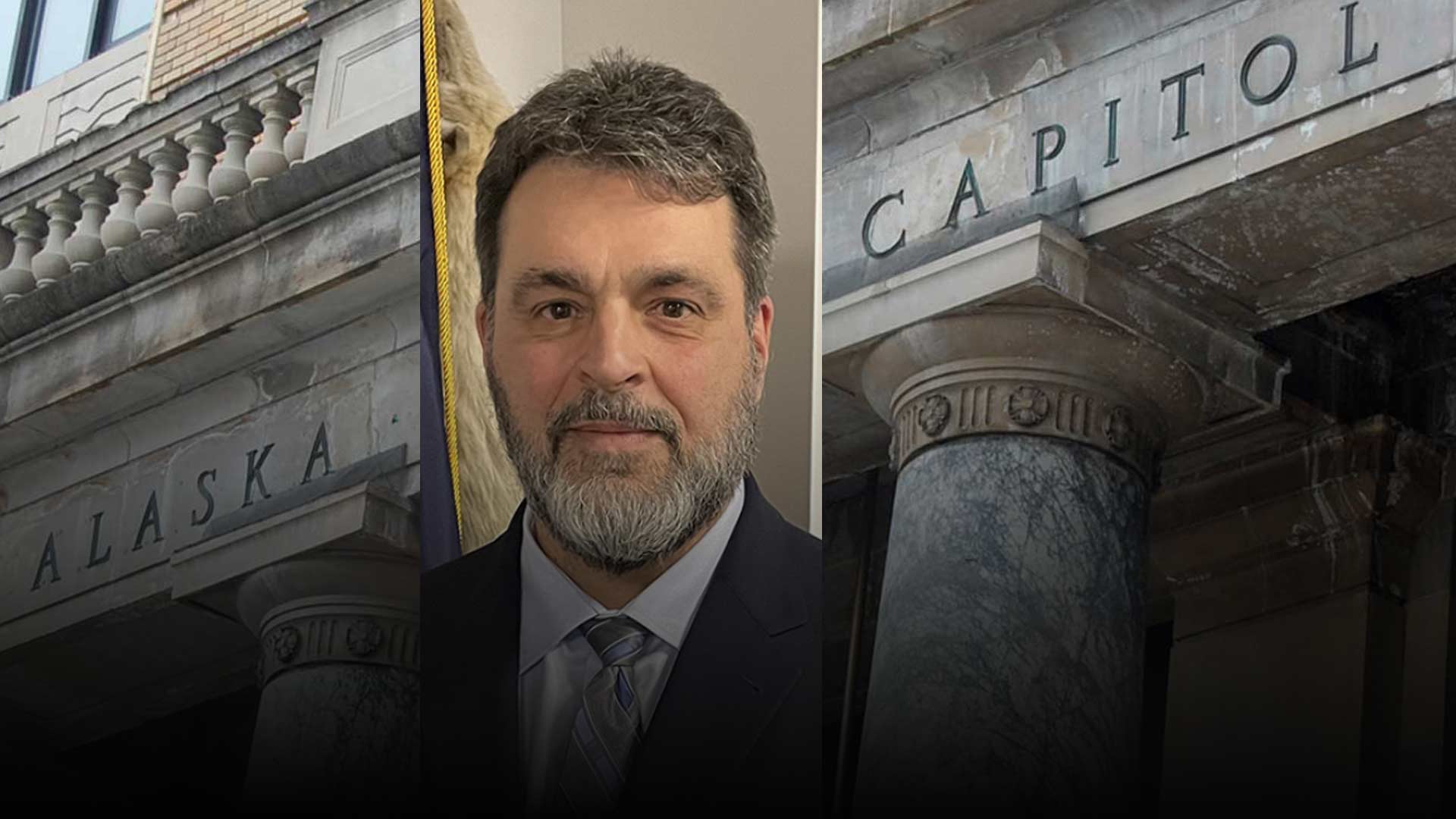
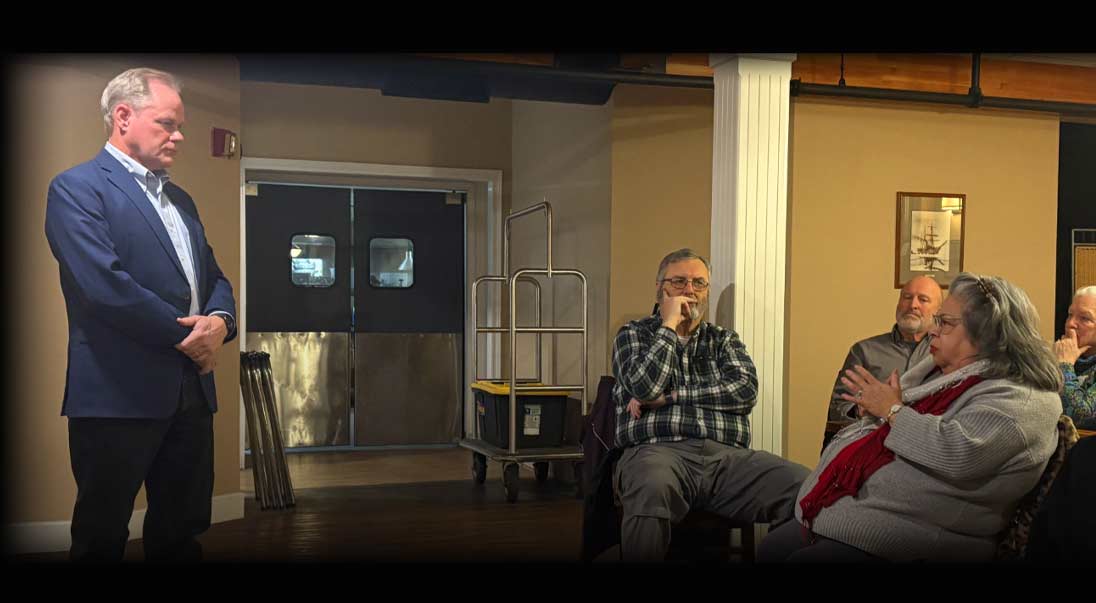

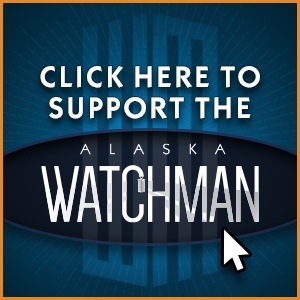
11 Comments
Greg,
Our homeschooling family would like to see more information about the proposed ESA’s as soon as possible. We would like to know the reality with regard to the launch date of this ESA option: Trump’s Executive order indicated that it must be in place by 25-26 school year, therefore can we expect this to launch by July 1st when most school/program enrollments within the state begin?
Another question is how will this ESA spending look? Is this a monitored stipend/allotment? If so, who exactly is monitoring it? Will we be spending months trying to get reimbursed to use each child’s ESA? Will we be jumping through the receipt/proof of payment hoops that make us go cross-eyed when the majority of public school teachers are refunded for worthless costs of DEI and Rainbow parade garb? How will ESA’s apply to secular vs non secular materials? Ms. Hughes indicated the ESA follows the student, much like allotment funds roll over if you do not use them, are we expected to believe those roll over funds that follow the student aren’t frozen for half of the next academic year? What are the ESA expectations for the timing and duration of an academic year?
While I have your attention, will the ESA amount be the same for every student in Alaska or will the ones with neon skin receive a higher dollar figure? Will ESA’s require standardized testing to participate? If we have young men we are raising /education and choose to participate in an ESA, will doing so require that their names immediately be added into a list of young men to be drafted in a time of war? How do ESA’s relate to curriculum requirements, Alaska State Academic standards, transferring schools or programs, moving around the state? Our family would like to see the answers to these questions and any other discoveries, published on this news platform in the nearest possible future. If you have any other information that would help the wonderful community of homeschool families we would be thankful for those efforts.
Thanks,
Homeschool Family
*To my fellow homeschool crowd, please feel free to add on any questions I may have spaced.
Excellent and easy to understand article. Thank you! We are years past our homeschool journey but home educated K-12 and it was a great choice for our family.
“Insanity is doing the same thing over and over again expecting different results.” Albert. The public schools in our bigger cities in Alaska have failed. -Their cries for more money with less and less students is a clear example of how out of touch they are.
Ah, if only it were just a matter of money…but the youth are the future of our nation, and if we let parents educate them without our oversight, how do we know they’ll turn out they way we want them to?
Bingo!
The IDEA program is tax-funded government school at home. It is not legally or philosophically homeschooling. Taxes are taken from one man (or woman) by force and given to another parent for the education of that latter parent’s child. It is funded by taxpayers and controlled by the civil government. When you take your neighbors’ property/taxes, you will be controlled by the state and it is not parent-controlled private home-based education. Just need to be clear and honest. The many positive benefits of homeschooling and its attendant freedom for a family do not adhere to tax-funded schooling at home probrams. See research on homeschooilng at http://www.nheri.org
If $23,000 is allocated for public school kids and homeschool kids are allocated $2,500 where does the rest of that potential money go? My brothers family lives in Florida and their homeschool allotment is almost $10,000 per kid per year and any rollover funds not used during the school years go toward college eduction once they graduate high school. Is it possible for Alaska to adopt a similar allotment option?
May I ask what program they homeschool through? Thanks in advance.
The answer to your question: the remaining ~$20k goes to the ADMINISTRATION of said homeschool programs. For instance: Matsu Central built an in-person brick and mortar school of their own with the remaining funds. Family Partnership maintains a fancy office and numerous “sponsor teachers” who help parents pick out curriculum and administer state testing, write IEP’s etc but don’t actually teach anyone.
The system of charter homeschools is a money-sucker all of its own but it is the only way a homeschooling family can gain access to any state education funds, so people take it. And different programs give different amounts of money and have different seemingly arbitrary rules. But people tolerate it.
There are many parents who are not capable of teaching their children,
Local governments impose property taxes on you to pay for education and then decide how to educate (indoctrinate) your children. What could go wrong? We should put them in charge of food, clothing, housing too. Wouldn’t that be awesome! If they want to levy property taxes for education the money should all be disbursed through vouchers and parents should decide how/where to educate their children. The public school model was developed in Prussia implicitly to indoctrinate children and has been adopted by countries worldwide for that exact reason, including the US.